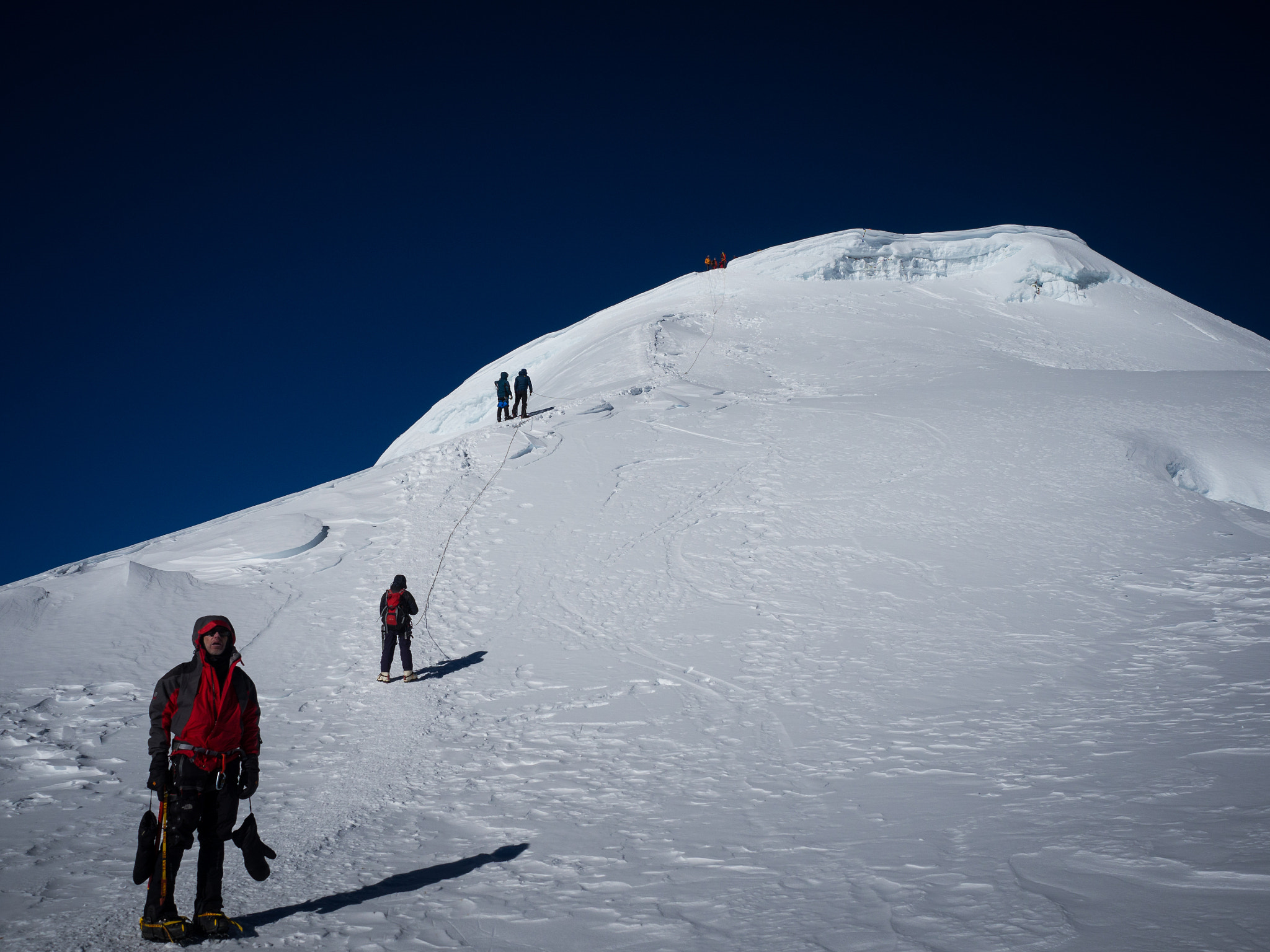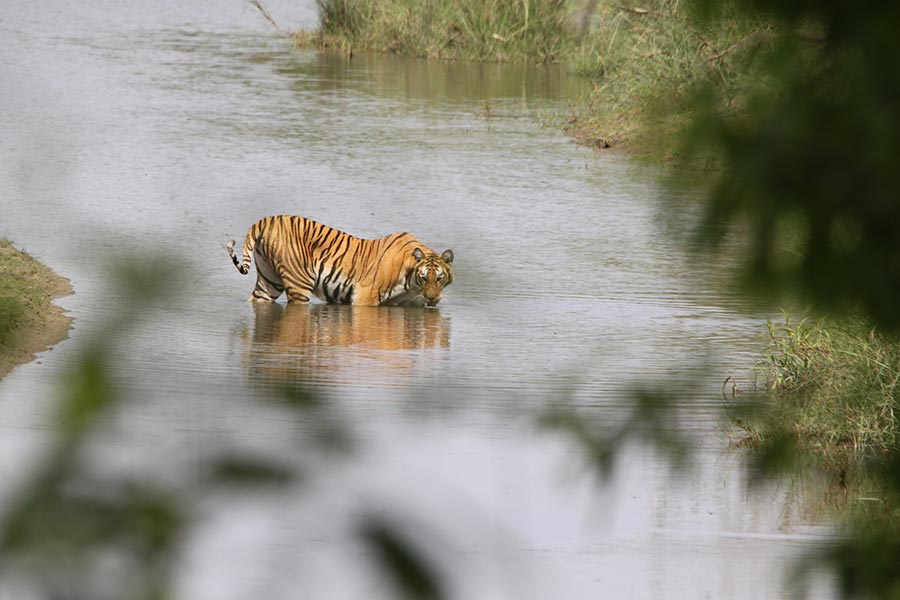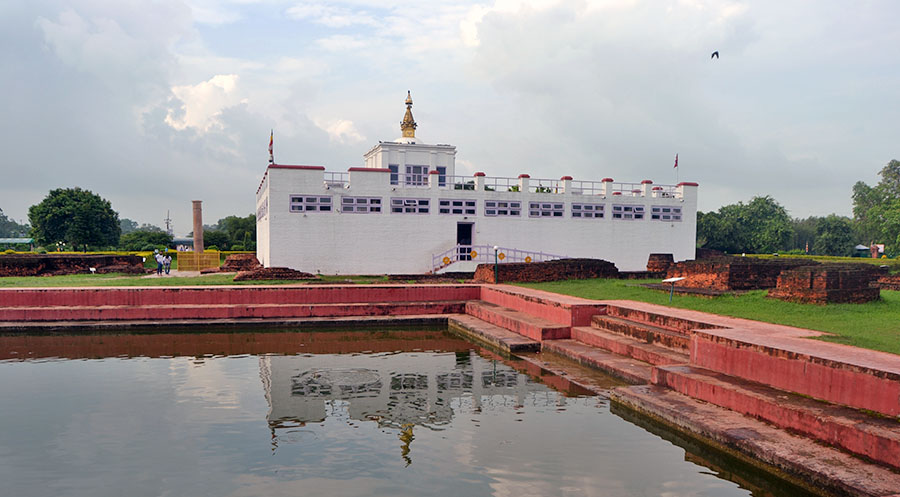- Viber / WhatsApp +44 7456906670
- Email Us info@orientaltreks.com
- Tourism License No. 2044/2072
Know some Do’s and Don’ts while traveling to Nepal
“Atithi Devo Bhava – Guests are God” is one of the major cultural and religious values of the Nepalese people. Travelers feel homely during their stay in Nepal, especially when they encounter the locals. There are cultural differences everywhere in the world; similar is in the case of Nepal. Nepal is a country of multilingual, religious, and cultural diversities, beliefs differ accordingly. You should follow and keep in mind the social values and local beliefs during your travel to any region of the country. The ultimate goal of traveling is visiting the places, people, and their culture, tradition, and religion in their original form.
1. Greetings
- To express your gesture of respect and gratitude, use both of your hands rather than one when giving or receiving something.
- “NAMASTE” is how we greet each other here. It is performed by joining the palms together with bowing your heads at the same time.
- To show gratefulness and respect, do use both of your hands but don’t use only one when giving or receiving something, even money. It is understood as a gesture of respect.
- It shouldn’t be felt as being offended if a Nepalese woman hesitates to give you a hand.
- Especially women, but greet you with “Namaste”, a gesture that is meaningful in a praying position.
- Public gestures of affection between man and woman are not common in Nepal. Therefore, don’t showcase such affection in public.
2. Respect to Holy Places – Do’s and Don’ts
- You should be very sensitive and careful when it comes to visiting places of worship.
- You should feel the need to dress conservatively and do keep your shoulders and knees covered.
- Always take off your shoes before entering. Be aware of the fact that some Hindu temples do not allow non-Hindus to enter the premises.
- Also do ask before taking photos of religious festivals, cremation grounds, and the inside of any temples you visit.
- Don’t wear leather belts while on your way to any temple because that is strictly prohibited.
- And note that cows are sacred animals in Nepal and injuring or killing them is a serious offense. You will find cows grazing and roaming all over the place.
- Don’t put your feet in any holy places and sacred points.
- Some Hindu temples strictly prohibit the entering of non-Hindu people. So, take permission first.
- It is not allowed to enter one’s home, temple, or monastery with shoes (with leather items in Hindu temples). Avoid smoking and wearing a shorter dress in religious settings.
- Touching dogs, especially on the way to shrines, are considered impure. Generally, Nepalese do not allow dogs in the kitchen. Foods touched by dogs may not be accepted.
- It is better not to touch offerings or persons when they are on their way to shrines, especially if you are non-Hindu.
- Encircling Hindu and Buddhist shrines clockwise is believed to get divine power transferred to oneself. Do not go anticlockwise.
- Whenever you encounter a stone wall covered with Tibetan inscriptions, Mane or Chhorten, do the same. Walk past the wall on your right and don’t take any of the stones.
3. Respect for people – Do’s and Don’ts
- Use an extended hand to indicate any sacred object or place instead of a single finger.
- Avoid touching women or holy men. Generally, Nepalese women do not shake hands to greet. Namaste is widely preferred in Nepal by joining the palms of both hands and placing it just at the level of the chest.
- The Nepalese will quite often consider someone they have respect or care for as a close relative of theirs.
- Commonly used a word like “Didi” means “older sister”, “Dai” means “older brother”. These terms can be used without hesitation when two people have become close to each other. It can also be used in referring to someone of the same age as you.
- The terms “Dai” and “Bhai” can also mean “younger sister” and “younger brother” respectively.
- These terms are often used, showing slight respect to people serving you too, for example, a waiter in a restaurant.
- Do say “Dhanyabaad” which means “Thank You” which conveys the meaning of gratitude. The word “Thank you” is not used that much among Nepalese.
- However, don’t hold back to say “Dhanyabaad” after someone helps you or hands you over anything. So be as polite and mannered as possible among the people.
- Don’t take photographs of locals, holy shrines & temples unless you get their consent.
4. Yes and No
- The gesture for “yes” is very similar to the “no” head shake used in Western countries and at first can be very confusing.
- To say “yes” or show your consent on certain things, slightly tilt your head to the side and then bring it back to the center.
- To indicate “no” hold your hand out in front of you, palm flat and forwards, and swivel your wrist subtly.
5. Put on suitable clothes – Do’s and Don’ts
- Wearing shorter dresses, especially by ladies is considered to act of provocation. You must be careful about it.
- Nepal is quite a conservative country which especially holds true in religious and rural areas.
- Nepalese will not say if you can or cannot wear something out of respect for the tourist.
- However, there can be a deep discontentment amongst locals towards the tourists who dress inappropriately so do put on suitable clothes.
- If you’re a male, do wear long-sleeved shirts and long trousers. This can be applied when visiting people’s homes or religious areas to prevent unnecessary gossip.
- If you’re a female, do wear long skirts or a sari. Loose-fitting trousers are becoming widely accepted too. Shoulders and chest areas should remain covered.
- In Kathmandu and Pokhara, many local Nepalese can be seen wearing western-style clothing which is still seen as provocative.
- Don’t wear provocative clothes which can show openness to sexual disrespect.
- In more rural areas, do dress conservatively as there are many Nepalese who will think of you as being too open and can draw unnecessary attention.
6. Do’s and Don’ts while Dealing With Beggars in Nepal
- Street beggars are a common occurrence in many parts of Nepal. Normally, almost all the beggars here are from northern India – Bihar.
- Don’t give money to any beggars seen on the street.
- There’s the issue of women being divorced or widowed and finding themselves homeless and sleeping on the sidewalks.
- There are also a lot of issues with homeless street children. There are organizations in Nepal that work towards the improvement of their lifestyle but some are corrupt or simply unqualified to make a mere difference.
- Many tourists might find themselves showing love and support to the beggars but don’t fall for their story every single time.
- The unfortunate side effect is that tourists are often taken advantage of without even knowing.
- The number of beggars in Nepal is shocking. Some are professionals who can be laughable but it’s true. You may hardly see a Nepali begging, almost all of them come from India.
- And don’t give money or sealed food to street children because more often than not, they will end up selling back the food and use the money to buy drugs.
7. Food Behavior – Do’s and Don’ts
- Most Nepalese eat with their hands and don’t feel comfortable eating with a fork, knife, and spoon. They use their right hand for eating and their left hand is used for toilet hygiene purposes.
If you are invited to a house to eat, it is very unlikely that you find that they don’t have knives and forks. - You will be shown a distinct place to wash your hands and face before and after meals.
- The plate placed towards you will be considered as only yours once you start eating, you don’t share or offer this food to anyone else. Do eat everything that is put in front of you.
- Don’t offer food to Nepalese after tasting it, nor eat from a common pot. And, avoid touching a shared drinking vessel with your lips
- Do ask them to take some food away before you commence eating if you feel like you’ve been given too much. This is perfectly acceptable and is more appreciated than wasting food.
Nepalese will not usually take bites of each other’s food so don’t encourage that as well. - While drinking water Nepalese people drink without letting it touches their lips. If you are unsure just observe what the other people are doing and to apply the same.
Eating with the left hand is considered an uncivilized act. - Beef is not allowed to eat in both Buddhist and Hindu communities. Cows are sacred in Nepal.
8. Buying or using drugs
- Cannabis/marijuana grows wildly in Nepal. It is the form of a weed. But it’s very much illegal to use it here.
- Drug abuse and drug trafficking rules are strictly followed. Possession of drugs is a serious offense in Nepal and will be severely punished.
- Nepalese jails are very unpleasant places so don’t go off the rails and make sure you don’t end up in one.
9. Taxi in Kathmandu
- Small white taxis can be found that can comfortably seat 3 people and hold your luggage in their trunk or roof.
- These should cost at most 500 – 600 rupees to/from the airport. The taxi drivers try to stick together when it comes to taxi fares, so if you can get one for 500 rupees to Thamel or Kathmandu Center, then you are paying a reasonable amount.
- Don’t fall for their talks and bargain on the prices because they’ll usually end up taking advantage of you.
- It’s quite probable that when you’re visiting places and public buses/minibusses aren’t easily found, you’ll want to take a taxi. If you do, do insist that the driver uses the meter. Also, note that the fare is usually double after 10 pm.
10. Do’s and Don’ts while showing Affection
- Don’t showcase physical contact with your partner if you’re traveling with one in public. It can be seen that it is acceptable for boys and girls to hold hands etc. and vice versa for girls.
- If you’re a homosexual couple, then the chances are you’ll be stared at and gossiped about because of the unfamiliarity of such sexualities.
- You shouldn’t be surprised to see boys walking arm in arm and hugging. These things are signs of friendship don’t make them any other way.
- You’re unlikely to see Nepali men and women displaying public affection towards each other.
11. Bathing
Bathing without clothes or open space is considered bad in Nepal.



